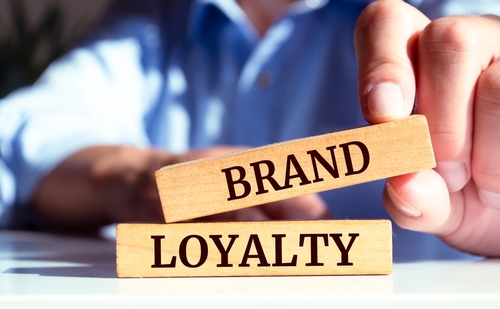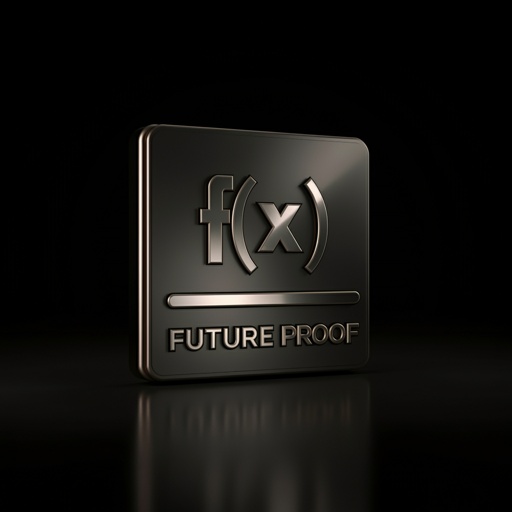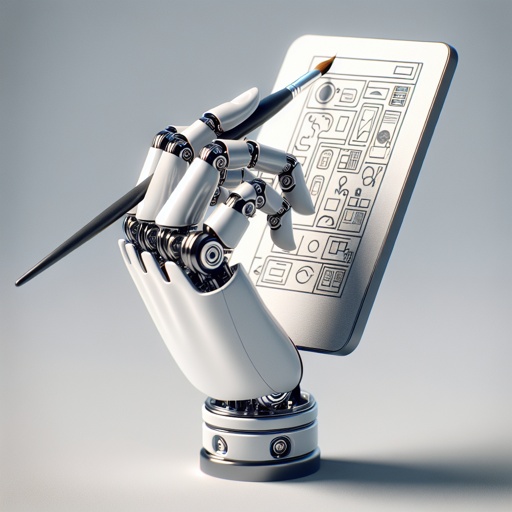Brand loyalty is dead. Long live brand loyalty! Over the last couple of decades, many pundits have forecasted the decline of brand loyalty. Numerous reasons were cited—too many brand choices, minimal or non-existent differences between products, and discounts undermining loyalty. However, despite these challenges, some brands not only survive but thrive. In a world where 80-90% of products are parity products, adopting a strong customer experience strategy becomes the only tangible differentiator. Of course, brand advertising helps build an emotional connection, but that connection must ultimately translate into a memorable and impactful experience.
Customer experience (CX) is the sum of all the interactions a customer has with a brand, from the moment they discover it, to the moment they purchase, use, and recommend it. It is not just about providing good products or services, but also about creating emotional connections, building trust, anticipating needs, and improving retention. It is a key driver of brand loyalty.
Brand loyalty is beneficial for both customers and businesses. Customers enjoy consistent quality, value, and satisfaction, while businesses benefit from increased revenue, reduced costs, and positive word-of-mouth. However, brand loyalty is not easy to achieve or maintain. Customers have high expectations and are always seeking the next best thing. Brands need to work hard to meet and exceed those expectations and keep customers coming back for more.
Key Pillars of a Customer Experience Strategy to Build Brand Loyalty:
To build brand loyalty through CX, brands need to focus on three key characteristics: perceived brand value, brand reputation, and customer satisfaction:
1. Perceived brand value:
Do your products or services provide competitive value in the market? Do you offer fair prices, discounts, rewards, or other incentives? Do you demonstrate your social and environmental responsibility?
2. Brand reputation:
How do customers perceive your brand? Do you have a consistent message across channels? Do you have a strong online presence and visibility? Do you have positive reviews and ratings?
3. Customer satisfaction:
How do customers feel about their interactions with your brand? Do you deliver a frictionless and personalized experience? Do you provide excellent customer care and service? Do you act on customer feedback?
Measuring customer loyalty is crucial for businesses to understand the effectiveness of their strategies and identify areas for improvement.
Below Are 5 Essential Metrics to Measure Loyalty in Your Next Customer Experience Strategy:
1. Net Promoter Score (NPS):
NPS is a metric that gauges customer satisfaction by asking customers how likely they are to recommend a brand to others. It provides insights into customer loyalty and helps identify brand advocates.
2. Repeat Purchase Rate (RPR):
RPR measures the percentage of customers who make repeat purchases from a brand. It indicates the level of customer loyalty and the effectiveness of retention strategies.
3. Upsell/Cross Sell:
The upsell ratio measures the success rate of upselling or cross-selling efforts. It reflects how receptive customers are to additional products or services, indicating their loyalty and trust in the brand.
4. Customer Lifetime Value (CLTV):
CLTV estimates the total revenue a business can expect from a customer over their lifetime. Higher CLTV indicates stronger customer loyalty and value.
5. Customer Loyalty Index (CLI):
CLI is a composite metric that combines multiple factors, such as customer satisfaction, retention rate, and advocacy, to provide an overall measure of customer loyalty.
To measure and improve customer experience and brand loyalty, brands need to collect and analyze data from various sources, such as surveys, reviews, social media, web analytics, etc. Brands must use the right tools and technologies to enhance customer experience and brand loyalty, such as artificial intelligence (AI), machine learning (ML), chatbots, voice assistants.
AI and ML Can Improve Your Customer Experience Strategy in Many Ways, Such As:
- Personalizing the customer’s journey based on their preferences, behavior, and feedback.
- Automating tasks and processes that are repetitive, time-consuming, or error prone.
- Providing faster and more accurate answers to customer queries and issues using chatbots, voice assistants, and natural language processing.
- Analyzing customer data and feedback to generate insights and recommendations for improving products, services, and experiences.
- Enhancing CX agent skills and performance by providing training, coaching, and guidance using AI and ML tools.
Some Examples of How AI-Powered Chatbots Are Transforming Customer Experience Strategies:
1. ChatGPT:
ChatGPT is an app created by OpenAI that lets users interact with its AI models, GPT-3, and GPT-4, which are the most advanced language models in the world. ChatGPT can generate content, solve problems, create games, and more based on user prompts.
2. Google Bard:
Google Bard is a chatbot that can write poems in different styles and languages. It uses Google’s T5 model, which is a text-to-text transformer that can perform various natural language tasks.
3. Jasper Chat:
Jasper Chat is a chatbot that can help users write engaging and SEO-friendly content for their websites, blogs, social media, and more. It uses GPT-3 and other AI tools to generate headlines, introductions, bullet points, and summaries.
4. Microsoft Bing AI:
Microsoft Bing AI is a chatbot that can search the web and provide answers to user questions. It uses GPT-4 and has access to the internet, which enables it to retrieve information from various sources and cite them.
5. Drift:
Drift is a chatbot that can help businesses generate leads, book meetings, and provide customer support. It uses natural language processing and machine learning to understand user intent and provide personalized responses.
These tools play a vital role in a successful customer experience strategy by helping brands automate tasks, personalize offers, predict behavior, provide recommendations, and engage customers more effectively. According to Gartner, 74% of CX leaders prioritize improving content and knowledge delivery to both customers and employees, underscoring its importance in fostering CX-driven loyalty. Implementing a robust customer experience strategy requires collaboration and calibration at the organizational level. Leading organizations recognize this need and are actively taking steps to align with these objectives.










